What is Aluminum Facade Cladding? What are its features?
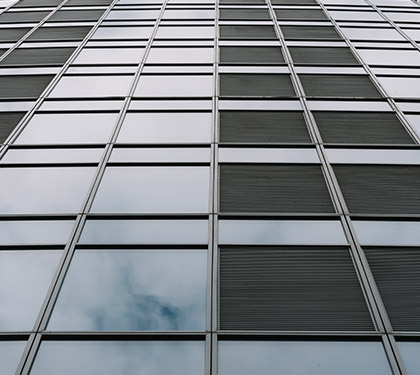
Aluminium Facade Cladding systems are indispensable parts of today's modern architectural projects. These options, which are widely preferred in exterior cladding in the construction sector, give a comfortable appearance to the spaces with their light, durable and aesthetic features.
While the special aluminium-containing panels make the exterior face of the building perfect, they also make valuable contributions to energy efficiency, which is critical for a livable environment and sustainability.
These applications, which bring buildings together with the ideal level of insulation advantage, minimise heat losses and greatly reduce energy costs.
Aluminium Facade Claddings, which offer visual appreciation and prestige to architectural designs with different colour and texture alternatives, are long-lasting solutions with their protection potential against external factors. Zahit Aluminium, one of the largest industrial enterprises in Turkey, explained the curious topics about Facade Cladding systems.
What are the Features of Aluminium Facade Cladding?
Aluminium Facade Cladding systems, which stand out as a frequently used option in contemporary architecture, increase the performance and value of investments with their durability, aesthetic contribution, high security, functionality, lightness and environmentally friendly features.
The Facade Cladding systems, which are intensely needed in the construction sector, beautify the exterior appearance of the buildings as well as energy efficiency, making the interiors warmer, more comfortable and economical. The features and benefits of aluminium Facade Cladding systems, which have become parts that complement today's architectural designs with their advantages, can be listed as follows:
• Aesthetic Appearance: Aluminum Facade Cladding systems have a modern and stylish appearance. It provides aesthetic diversity in architectural designs with its numerous color and surface options. It increases the value of buildings with its minimalist and elegant privileges. It also gives the opportunity to use various materials together, such as composite, glass, metal and wood.
• Durability: Aluminum is a stainless and corrosion-resistant metal. With its other metallic advantages, it protects the structure against adverse weather conditions, fire, sunlight, chemicals and external factors. Aluminum Facade Cladding is long-lasting and reduces maintenance and repair expenses. It makes spaces more comfortable with its waterproof character.
• Insulation Features: Aluminum Facade Cladding systems reduce heat losses to a minimum. It increases energy efficiency with high heat and sound insulation and maximizes the indoor environmental quality of the living space. It makes a significant contribution to energy saving and sound insulation, especially when combined with double-glazed systems. Thanks to thermal insulation, costs are reduced to a minimum.
• Ease of Maintenance: Aluminum facades are easy to clean and do not require much maintenance. This means reducing costs in the short, medium and long term. It does not require processes such as painting or coating. Therefore, it can be used in its first day condition for years.
• Waterproofing: Aluminum Facade Cladding has strong resistance to atmospheric factors such as rain, snow and humidity. These productions, which give the spaces a magnificent appearance, protect the interior architecture with their waterproof properties.
• Fire Resistance: Aluminum is a fire resistant material. This feature is vital for fire safety. It does not release toxic gases during fire, which further increases the safety within the building.
• Lightness: Aluminum, which is a lighter material than other metals, reduces the carrying load of structures and provides easy installation. Its lightweight structure makes it easy to use, especially in high-rise buildings. That's why it is often preferred by engineers.
• Environmentally Friendly: Aluminum is a hundred percent recyclable material. This aspect supports environmental sustainability. The recycling process saves energy and reduces the environmental footprint.
Flexibility and Design Diversity: Aluminum, which can be produced in different shapes and sizes, offers ease of flexibility in design. It allows the creation of original and innovative designs in architectural projects.
Which Areas and How is Facade Cladding Applied?
Aluminum Facade Cladding has a wide range of applications in the construction sector, which is in constant development. These systems, which enrich the exterior design of buildings, are preferred in different sectors with their modern, durable, long-lasting, aesthetic, energy efficient, cost-effective, functional and attractive appearance. Some of the areas where the Facade Cladding, a flexible solution that is evaluated in various ways in living spaces, is applied are as follows: Residential projects, commercial buildings (office, shopping center, hotel, etc.), industrial buildings (factory, warehouse and other industrial facilities), public constructions (school, hospital, courthouse, etc.).
What are the Facade Cladding Models?
Facade cladding models are determined according to design goals, aesthetic preferences and environmental factors. Each model has its own advantages. For a correct choice, the intended use of the building should be taken into consideration. The most common facade cladding models are: Metal panels, curtain wall with glass, wood or composite materials, stone cladding, wood cladding, glass facade cladding, composite facade, tuff cladding, metal cladding, complex facade.
Benzer Haberler
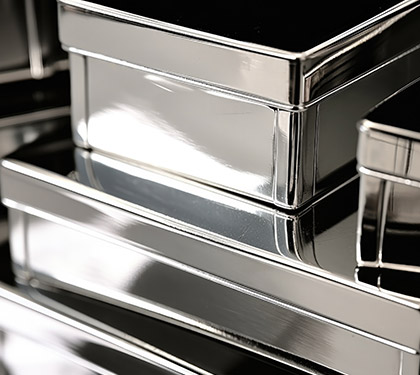
03
Temmuz
What are the Usage Areas and Features of Aluminum Box Profiles?

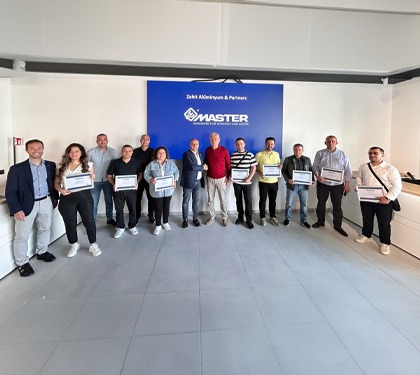
03
Temmuz
Visit from Zahit Alüminyum to Master Italy

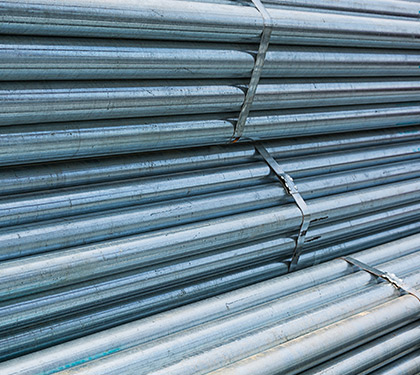
03
Temmuz
What is Aluminum Billet? What are its features?

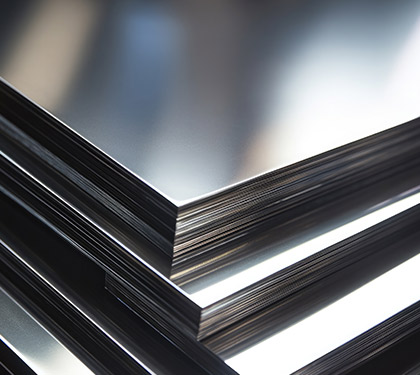
03
Temmuz
What is Aluminum Profile? What are its Usage Areas and Features?


